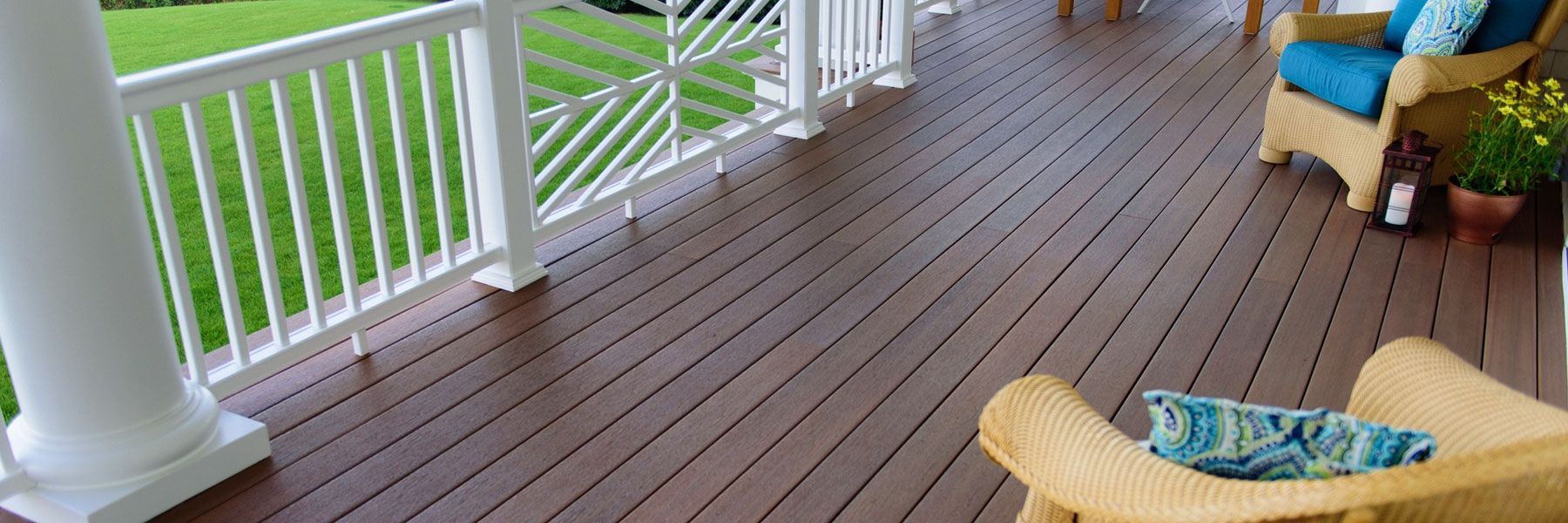Winterizing your deck
In this blog post, we are going to take a look at deck winterizing suggestions. With winter upon us, you need to make sure you protect your property’s exterior. After all, your deck is going to be exposed to the outside elements and so you must make certain that you do everything to protect the appearance and longevity of it. Keeping that in mind, continue reading to discover some of the different steps you should take in order to prepare your deck for winter.
-
Inspect the whole deck surface - The first thing that you need to do is inspect the entire surface of the deck. So, what should you be looking for? Well, if the boards have started to crack, it is definitely time to take them out and get them replaced. However, if they are a little bit warped, you’re going to be fine and you can leave them alone. You do not need to worry about aging wood until it reaches the point that it is structurally unsound.
-
Assess the joists for rot - You also need to examine the joists, as this dictates the strength of the decking. When the joists weaken, the entire deck can start to warp or sag. Joists often suffer from mildew and rot, especially when compared with other parts of the decking. This is because they are not exposed to the direct sunlight. If there are issues with the joists, this is an indication that your deck needs to be replaced.
-
Spot weak railings - There should not be any give to the railing around your deck. If you can wiggle the railing back and forth, then you must take it down and install a new one. When you have a wobbly deck railing, it means that the nails and the screws that are holding it in place have likely gone soft, enabling it to move forth and back. Simply putting in screws or nails is not going to help. This is why a replacement comes highly recommended.
-
Check for peeling paint or stain - If you think that you could have some peeling paint on your decking, stick a strip of tape across the wood and yank the tape up. The tape will pull up any of the wood coating that is no longer sticking. This is something you will be able to fix yourself. The issue with peeling stain and paint is that there is the potential for mold or water to get underneath the material, especially during the winter months. For this reason, it is vital to perform frequent deck maintenance to check the quality of your stain.
As you can see, there are a number of different steps that you should take when it comes to winterizing your deck. You want to ensure that you protect your decking so that you do not end up with any expensive damage. If you follow the tips that have been provided, you can make sure that your deck is ready for the winter period.



